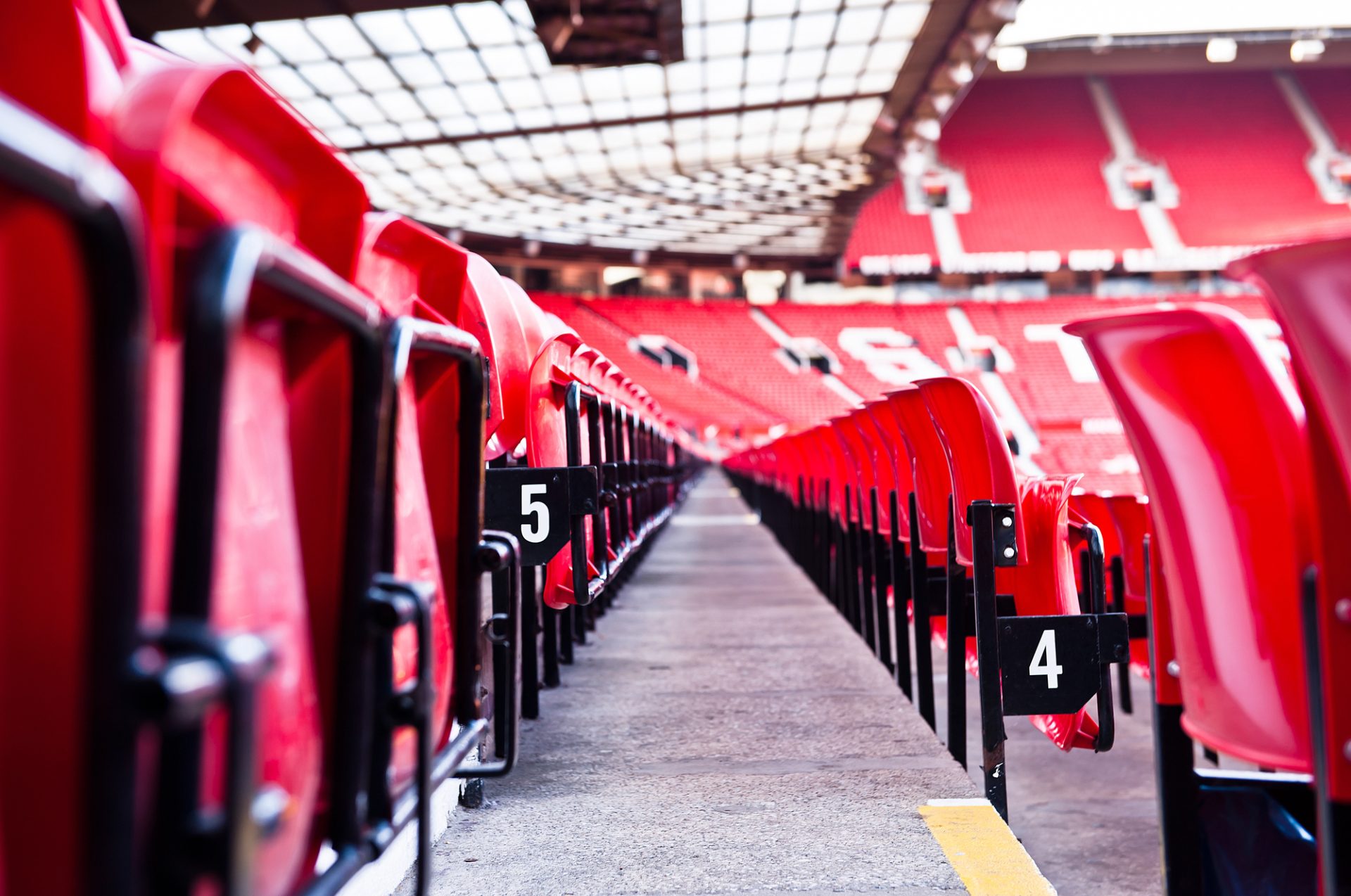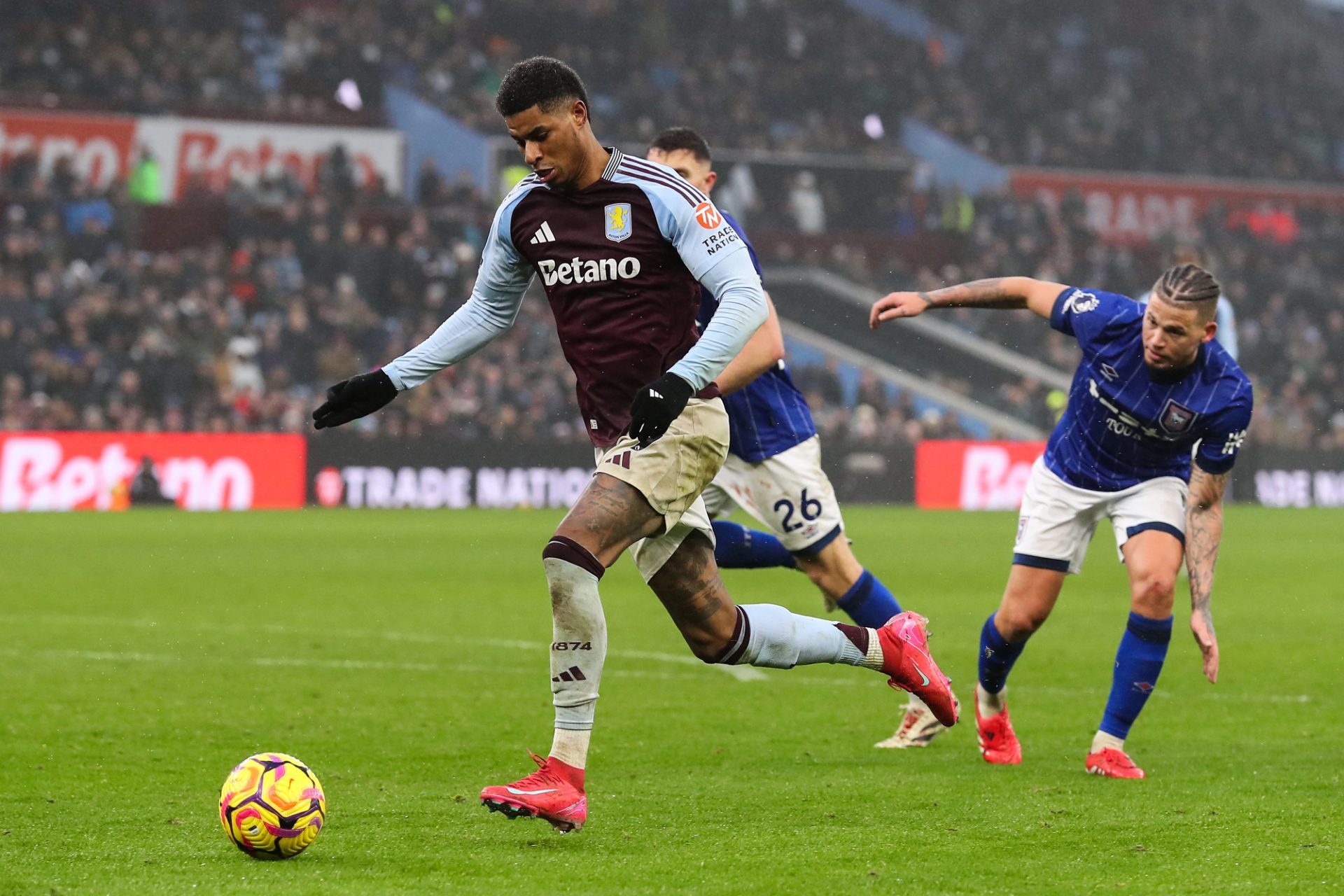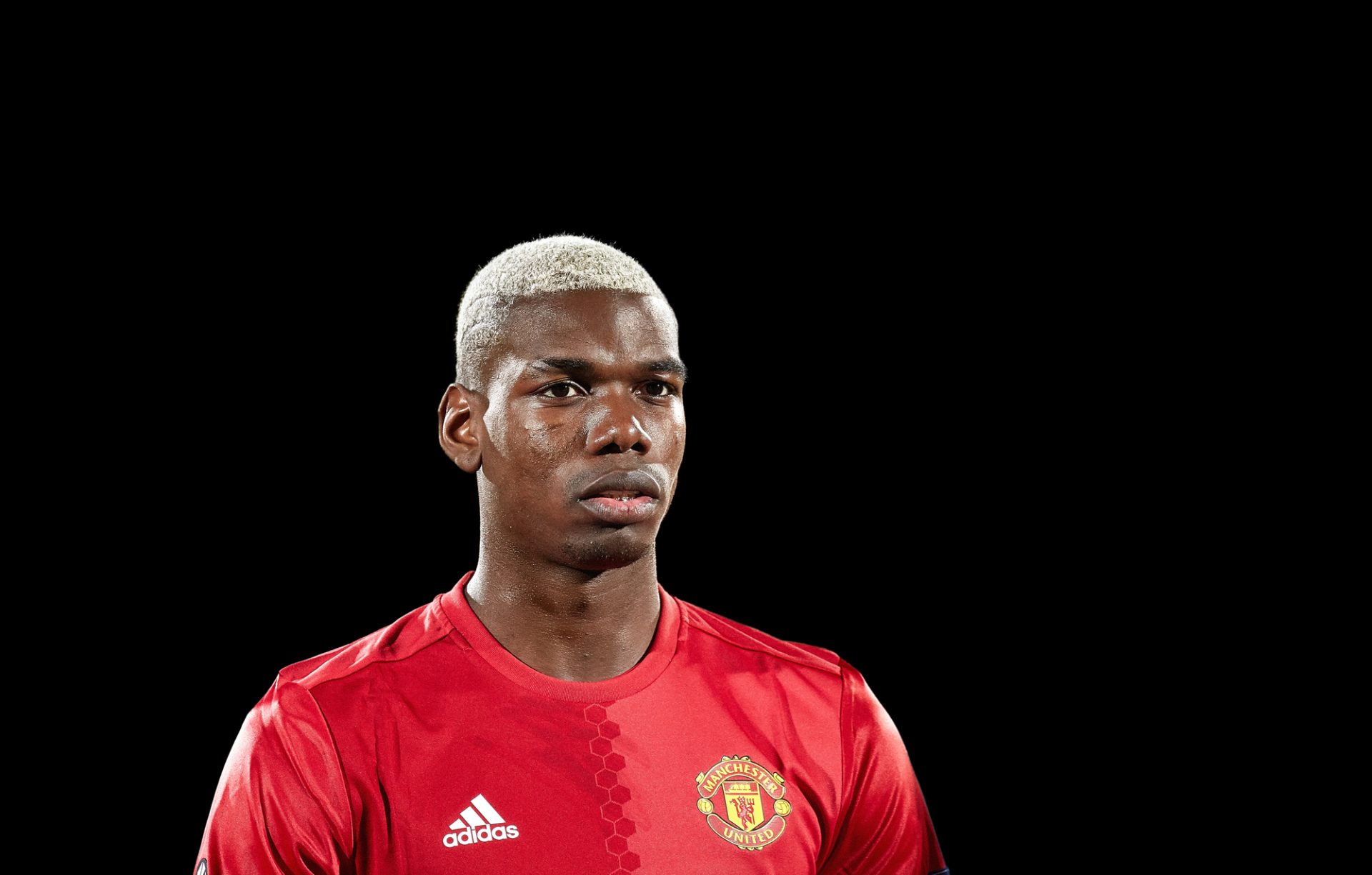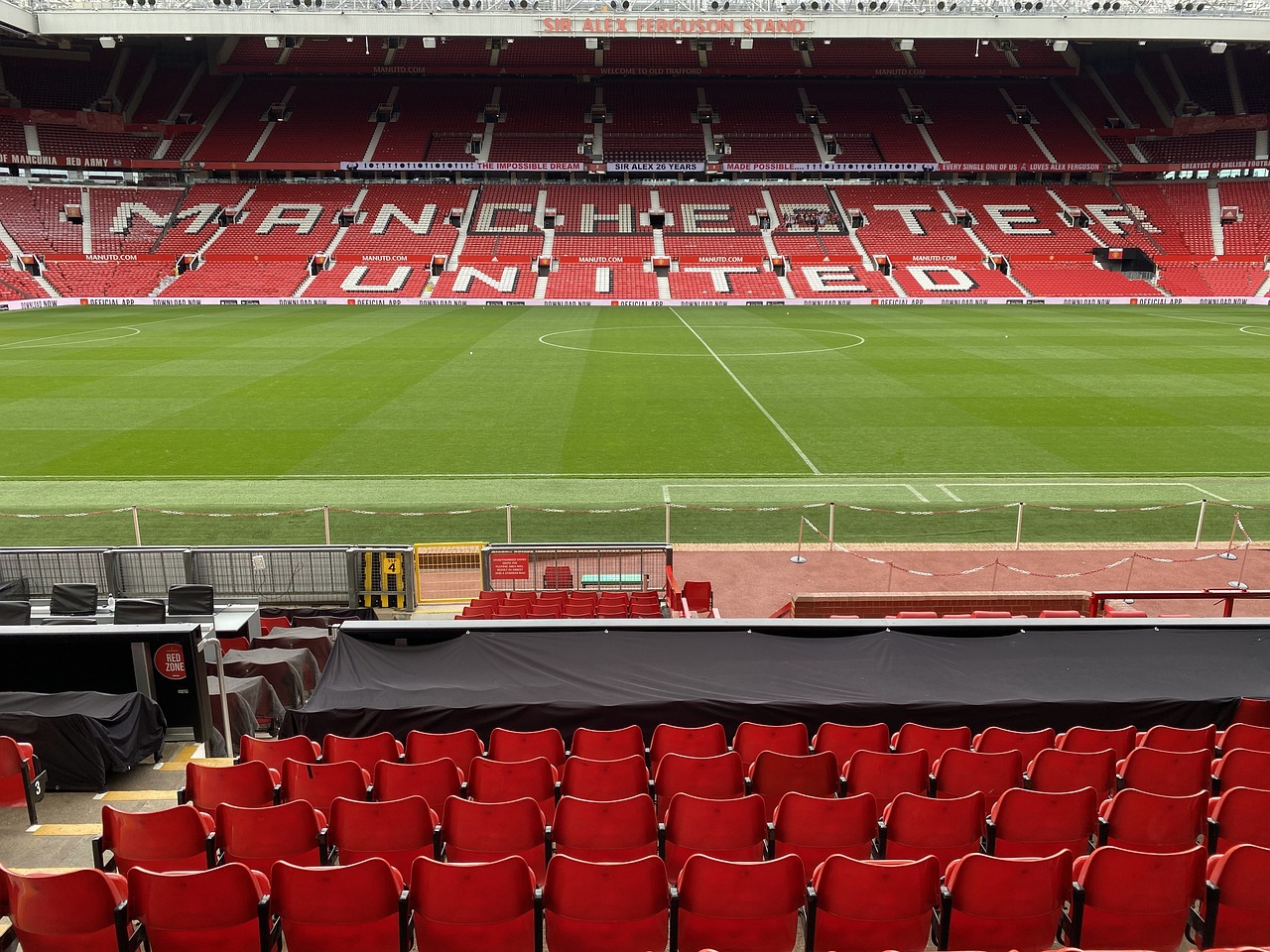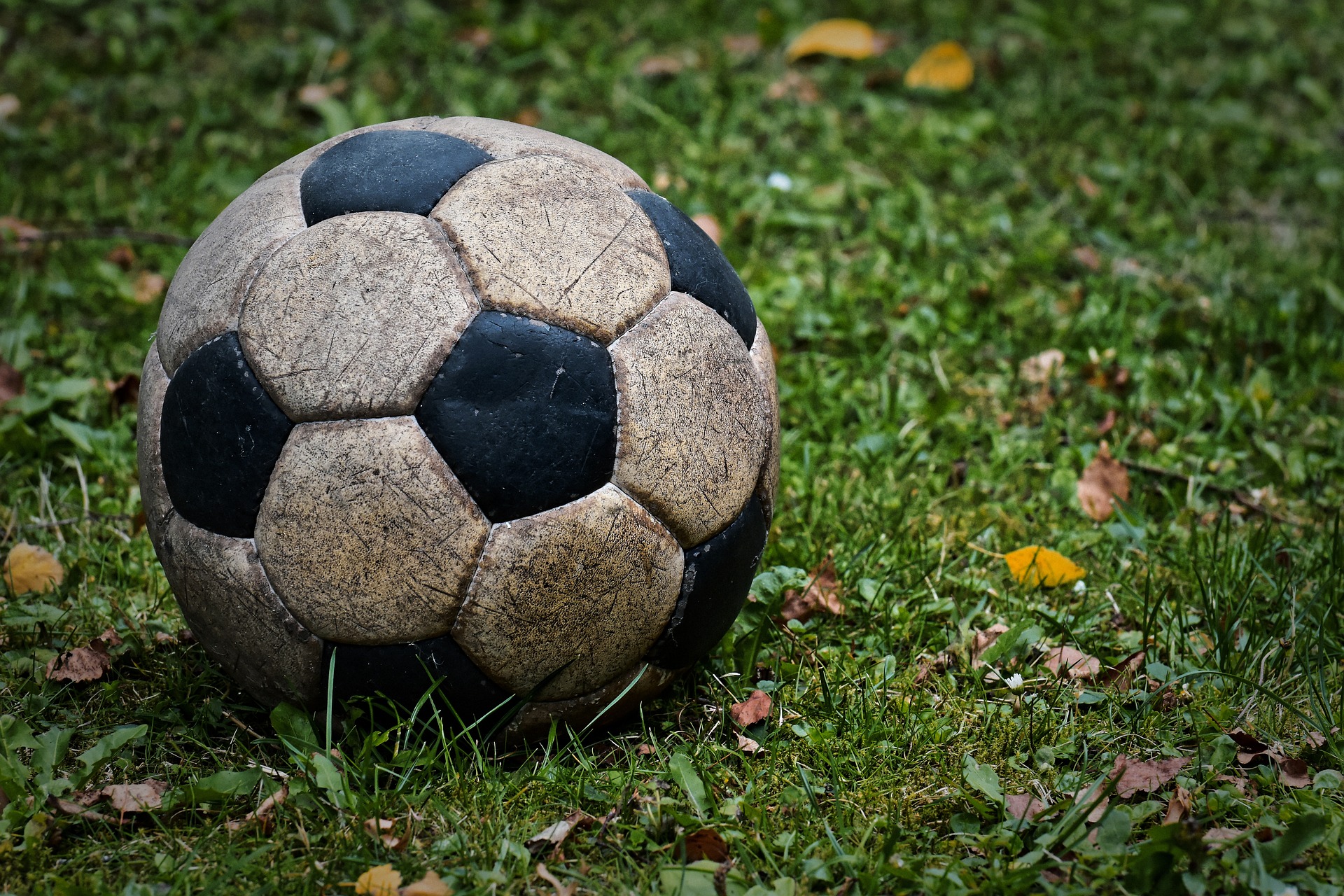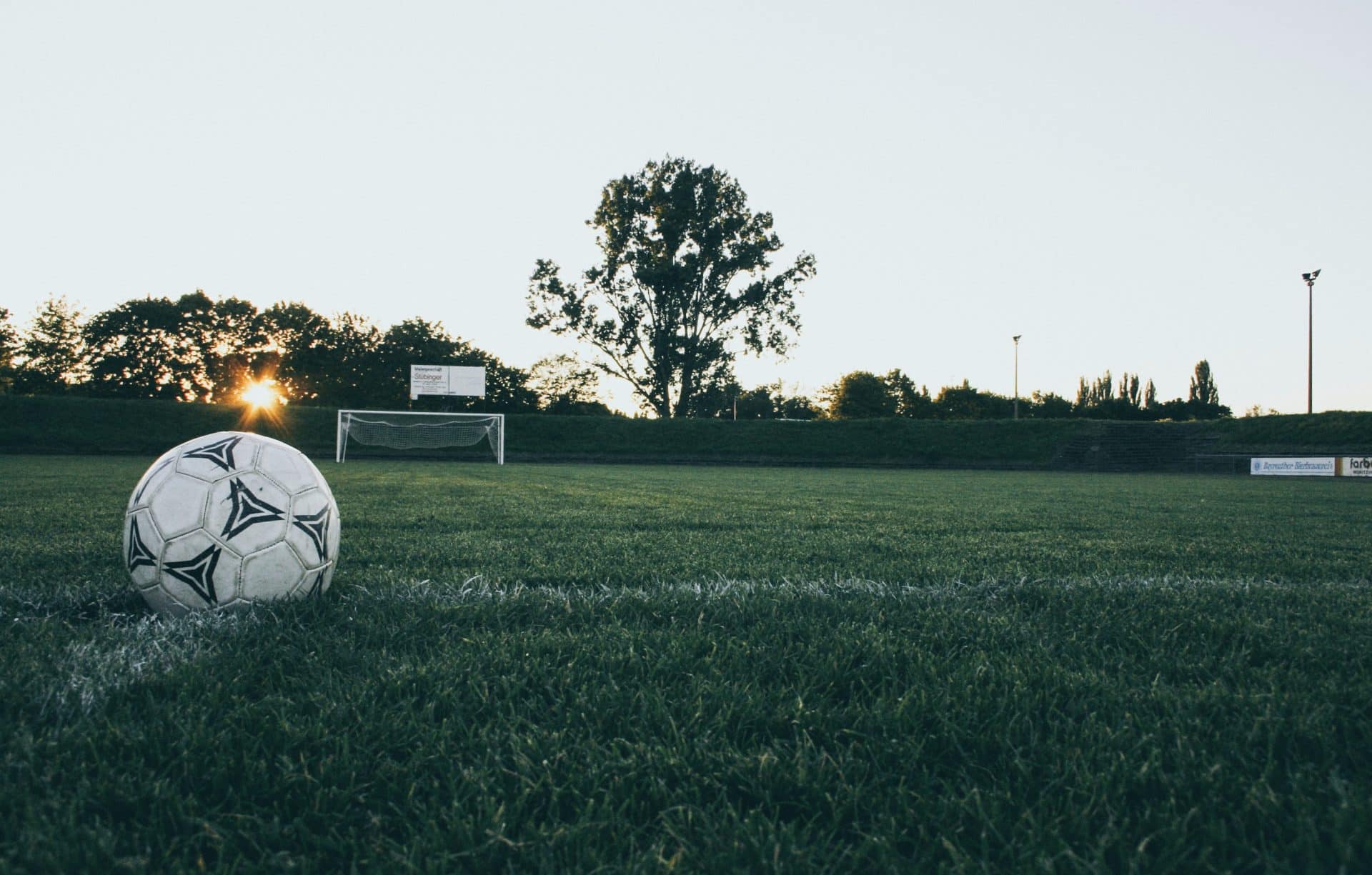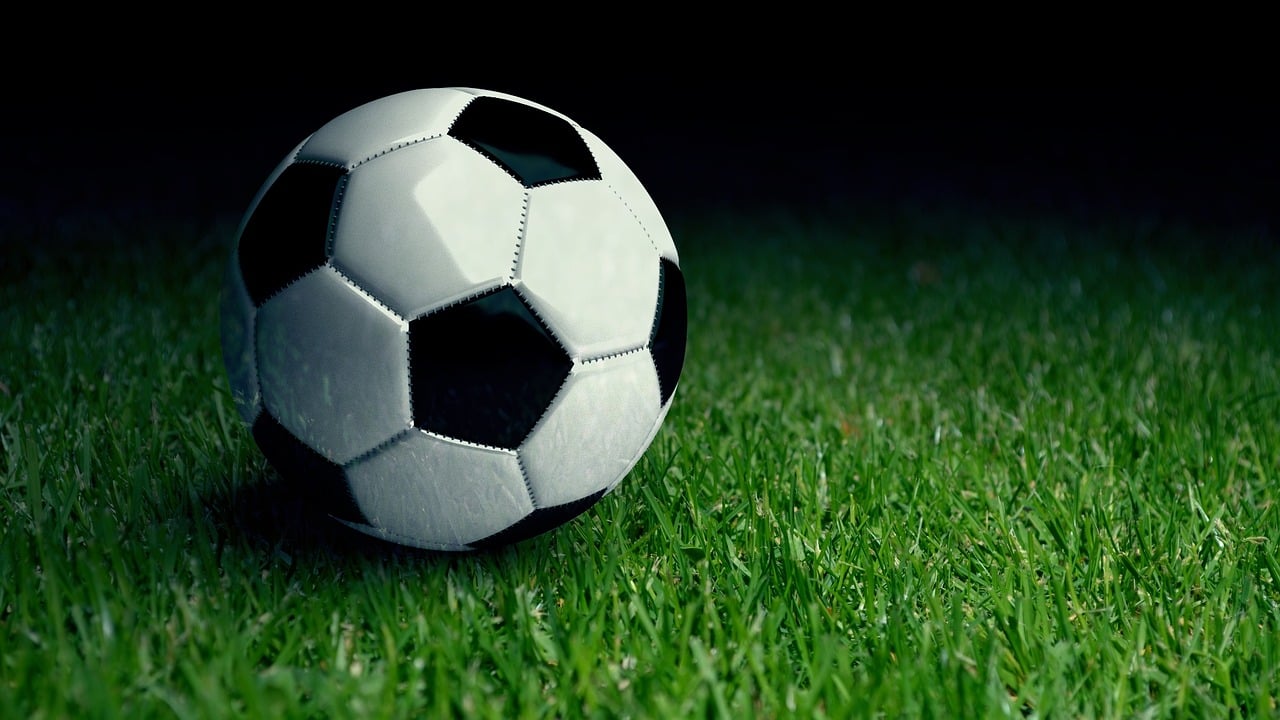How do you measure the size of a soccer ball
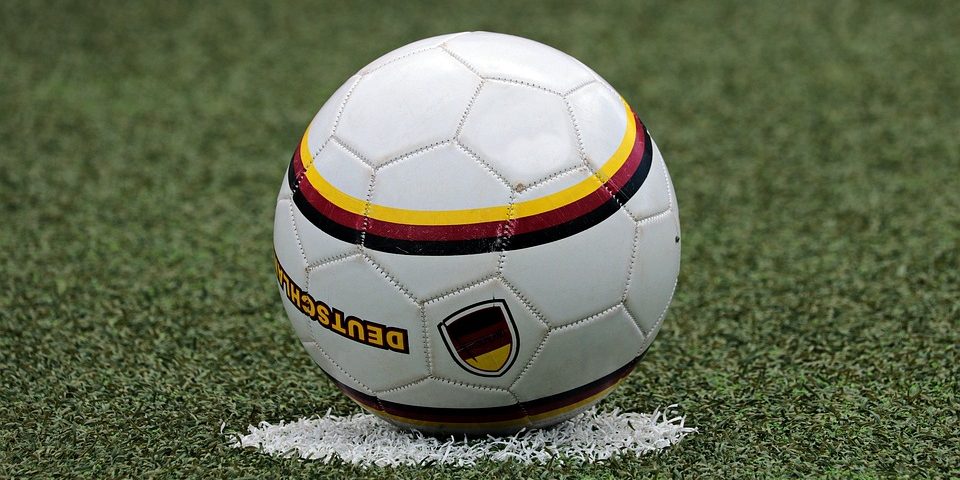
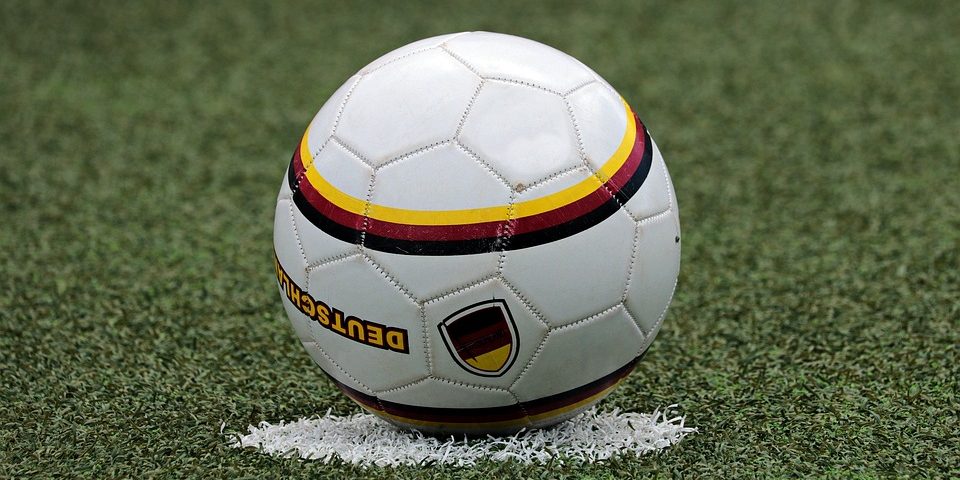
Table of Contents
“How do you measure the size of a soccer ball?” is a question a lot of footballers may be asking themselves.
How do you measure the size of a soccer ball
Soccer ball size is critical for global standards. It includes weight, circumference, and shape. The table below outlines specifics.
| Specification | Measurement |
|---|---|
| Circumference | 68-70 cm |
| Weight | 410-450 grams |
| Material | Leather or synthetic |
| Age groups | U6 to adult |
Environment affects size too. Coaches use pumps to check their teams’ balls. In one case, a goal was invalid due to an uncalibrated ball. This made teams more aware of size rules.
Measuring the Diameter of a Soccer Ball
Soccer ball size is an important factor in the game of soccer. Knowing how to measure the diameter of a soccer ball is crucial for purchasing the right size and ensuring fair play. Here’s how to measure a soccer ball’s diameter:
- Find the Circumference – Wrap a measuring tape around the ball’s widest part. Record this number as the circumference.
- Divide by Pi – Divide the circumference by Pi (3.14) to get the diameter of the ball.
- Check for Accuracy – Use a ruler to measure the diameter to ensure it’s the right size.
It’s important to note that FIFA regulations require soccer ball sizes to be between 68-70 cm in circumference, or 21.65-22.83 cm in diameter. Interestingly, in 1930, the first FIFA World Cup used balls that were considerably smaller, measuring only 70 cm in circumference, compared to today’s regulation size.
Using a Tape Measure to Measure Soccer Ball Size
Measuring the Diameter of a Soccer Ball with a Tape Measure? Who knew it could be so technical? It’s like you need a degree in rocket science just to inflate it properly! But, fear not! Follow these steps to measure the size of a soccer ball:
- Place it on a flat surface.
- Position the tape measure around the middle of the ball’s circumference.
- Pull the ends of the tape until they meet and read its length in centimeters or inches.
- Repeat step 2 and 3 but this time, measure both ends.
For accurate measurements, use a flexible and accurate measuring tape. Keep in mind that measuring a soccer ball’s diameter doesn’t determine its official size. This ranges from 1 to 5, depending on factors such as age and competition level.
Fun fact: In ancient times, people used inflated animal bladders to create balls for sports like football and soccer. It was only in 1855 when Charles Goodyear patented vulcanization, making rubber balls for games possible.
Using a Ball Pump Needle Gauge to Measure Soccer Ball Size
You can find out the size of a soccer ball using a tool called a Ball Pump Needle Gauge. Here’s a 3-step guide on how to use it:
- Insert the needle into the ball’s valve stem.
- Press down the gauge until it’s firmly against each side.
- The number on the gauge is the ball’s size.
Remember, all balls have different ranges, and sizes are measured by diameter. Also, each country has its own regulations for sizes, so make sure you look up the right ones before you start.
Recently, my friend had to buy 10 soccer balls for a community club. He asked me for help, since I’d worked in sports stores and knew what I was doing. We used a Ball Pump Needle Gauge to measure them accurately. Then, I made sure he measured them consistently, so they were ready for practice!
Determining the Weight of a Soccer Ball
Determining the Weight of a Soccer Ball
A soccer ball’s weight is an essential component in determining its suitability for use in a game. Here’s how to determine the weight of a soccer ball:
- Look for the manufacturer’s label on the ball, which should include its weight measurement.
- Weigh the ball using a scale that accurately displays grams or ounces.
- Ensure that the measurement is accurate and within the range specified by the governing body of soccer, FIFA.
- Take note of any discrepancies between the manufacturer’s label and the weight measured by the scale.
- Adjust the weight as needed by adding or removing air from the ball’s valve.
It’s important to note that using a ball that falls outside of the weight range specified by FIFA can result in penalties or disqualification from the game.
In addition, it’s worth noting that over-inflating or under-inflating a soccer ball can affect its weight and create inconsistencies in gameplay.
Don’t miss out on scoring goals because of an improperly weighted ball. Take the time to accurately measure the weight of your soccer ball and ensure a fair and enjoyable game for all players.
Using a Scale to Weigh Soccer Ball Size
Weighing a soccer ball accurately requires an appropriate scale. A digital scale with a high-precision sensor is usually used. Below is a table with data from reliable sources, showing the sizes and weights of various soccer balls.
| Type of Soccer Ball | Size | Weight |
|---|---|---|
| Standard | 8.5 – 8.8 inches | 14 – 16 oz. |
| Youth | 6.5 – 7 inches | 10 – 12 oz. |
| Training | Varies | Varies |
It’s important to check regulations of the league or competition regarding size and weight of the ball. The world’s biggest soccer ball was made in 2011 in Manchester, UK. It weighed six tonnes and was over four meters in diameter! Clearly, the weight plays a major role in determining the range of a soccer ball.
Common Soccer Ball Weight Ranges
Soccer Ball Weight Categories:
A soccer ball’s weight depends on its size and material. Professional soccer balls have different weight categories. These range from one official match ball to another. The categories are based on the age group of players using them.
| Age Group | Ball Size | Ball Weight Range |
|---|---|---|
| Under 8 | 3 | 11-12 oz |
| 8-12 | 4 | 12-13 oz |
| 13+ and Adults | 5 | 14-16 oz |
The rules are set by governing bodies of football. A lighter ball is better for younger players as it allows more control. Heavier balls are preferred in professional leagues, as they increase power in shots and passes. Some leagues have even stricter regulations on ball specifications.
Cristiano Ronaldo noticed the ball was too light during a World Cup game against Germany. He asked if he could use a heavier version. FIFA agreed, showing the importance of ball weights for professional players. Size does matter in soccer. So, understand the regulations to avoid penalties for improper equipment.
Understanding Regulations for Soccer Ball Size
In the world of soccer, understanding the guidelines for measuring the size of a ball is critical. The official regulations for determining the size of soccer balls vary depending on the intended use. Below is a table presenting the official size measurements for soccer balls in different categories:
| Category | Size |
|---|---|
| Professional | Size 5, circumference of 27-28 inches and weight of 14-16 ounces |
| Youth | Size 4, circumference of 25-26 inches and weight of 12-13 ounces |
| Kids | Size 3, circumference of 23-24 inches and weight of 11-12 ounces |
It is also essential to note that soccer balls should be spherical and made of leather or other suitable materials. Along with the size, several other criteria must meet the regulations to ensure that the ball is fit for use in the game.
When selecting a soccer ball, it is crucial to consider the intended use. While size 5 is the official standard for professional play, a size 4 or 3 may be more suitable for youth or kids’ games. Furthermore, when caring for a soccer ball, avoiding over-inflating or exposing it to extreme temperatures can prolong its lifespan.
Overall, by understanding the regulations for soccer ball size and selecting the right one for different types of gameplay, the players can enhance their performance and overall game experience.
Rules for Soccer Balls in FIFA Matches
Soccer balls used in FIFA matches must meet certain size and weight regulations. This is to make sure that all competitions are fair and consistent.
The table below shows the official requirements for soccer ball size and weight:
| Ball Size | Circumference (inches) | Weight (ounces) |
|---|---|---|
| 5 | 27 – 28 | 14 – 16 |
| 4 | 25 – 26 | 11 -13 |
| 3 | 23 -24 | 11 -12 |
Smaller balls weigh less than bigger ones.
Deviations from these regulations can lead to penalties or even disqualification. So coaches and players should check their equipment before they play.
Stay informed of soccer ball size regulations. Make sure your equipment meets FIFA standards before playing a match.
Size Regulations for Different Age Groups in Soccer
Soccer is a popular sport worldwide and its regulations for ball size, depending on age groups, must be understood. Ball size can affect the game and players’ safety. Regulations vary across countries and leagues, but some general rules exist. For example, players aged 4-8 usually use a size 3 ball, 8-12 a size 4, and 12+ a size 5.
These regulations are not fixed and leagues or organizations hosting the game can change them. Coaches and parents may also choose larger-sized balls for younger age groups to boost their skills.
In medieval England, there were no specific rules or guidelines for soccer ball size. Only in the mid-19th century, when the Football Association (FA) was formed, did official rules come into place. As technology progressed, so did the soccer ball design and size regulations.
It is essential for coaches, parents and players to be aware of these ball size regulations to guarantee a safe and enjoyable game experience.
Factors Influencing Soccer Ball Size
Soccer Ball Size Determinants
Soccer balls come in various sizes, depending on several factors. The dimensions and weight of a soccer ball may vary depending on the age group, gender, playing surface, and level of competition. Generally, soccer balls are either size 3, 4, or 5, with their corresponding circumference, diameter, and weight.
The table below shows the different factors that determine soccer ball size:
| Factor | Size 3 | Size 4 | Size 5 |
|---|---|---|---|
| Age Group | Below 8 | 8-12 | 12+ |
| Gender | Female | Male | Male |
| Playing Surface | Indoor | Indoor | Outdoor |
| Level of Play | Recreational | Competitive | Professional |
Apart from these factors, the material used in creating the soccer ball’s outer and inner linings and the bladder can also affect its size. Additionally, the pressure inside the ball can alter its dimensions.
It’s essential to choose the right soccer ball size for the age and level of play. Using the wrong size can lead to reduced enjoyment, discomfort, and injury.
Material and Texture of Soccer Balls
To know the factors that affect the size of a soccer ball, we need to look at material and texture. Materials used for soccer balls affect performance, durability and flight characteristics. Texture alters how it moves through the air, bounces and how players control it.
Below is a table of popular materials and textures used in soccer balls and their characteristics:
| Material/Texture | Characteristics |
|---|---|
| Polyurethane (PU) | Durable, water-resistant, lightweight |
| Polyvinyl chloride (PVC) | Economical, good for training but less durable |
| Leather | Traditional, soft but not water-resistant |
| Rubber | Good for rough surfaces like concrete and tarmac |
Different manufacturers use different variations to make unique products. Combining materials can give softer touch or better grip.
Also consider playing surface and intended use when selecting a soccer ball. Outdoor balls should have higher durability than indoor ones. Match balls have specific regulations from FIFA on dimensions and weight.
Inflating the ball properly is important for peak performance. An underinflated ball will be slow on the ground while an overly inflated one will bounce erratically.
Inflation and Air Pressure for Soccer Balls
Ain’t no thing like a soccer ball with optimal air pressure – it’s essential for a good game! Check out this table for the recommended air pressure and size for different age groups:
| Age Group | Ball Size | Recommended Air Pressure (PSI) |
|---|---|---|
| U6 | 3 | 6-8 |
| U8 | 3 | 7-9 |
| U10 | 4 | 8-10 |
| U12 | 4 | 9-11 |
| U14-U16 | 5 | 10.5-12.5 |
| Adults | 5 | 12-13.5 |
Under-inflated or over-inflated balls can lead to poor handling, less accuracy, and even injuries. So inspect and inflate your ball before each game, and check again at halftime.
If you get it right, you’ll have better performance and more consistent games. But if you don’t, you’ll be left with a disappointing outcome and lower morale.
Conclusion: Importance of Accurately Measuring Soccer Ball Size
Measuring the size of a soccer ball is key for match prep and player safety. Organizations like FIFA and UEFA regulate soccer ball dimensions.
| Measurement | Size |
| Circumference | 68-70 cm (official) |
| Weight | 410-450 g (official) |
| Diameter | 21.65-22.83 cm |
The right size is important for proper ball flight, hitting the sweet spot, and reducing injury risks. The condition of the ball and playing surface can change measurements. Inspect the ball before use and adjust. Don’t overinflate because it can lead to different circumference.
Accurately measuring and maintaining a soccer ball’s size boosts performance and safety. It’s worth the effort for teams and players who want victory on and off the pitch!
How do you measure the size of a soccer ball – Frequently Asked Questions
1. What is the standard size of a soccer ball?
The standard size of a soccer ball is a size 5 ball, which has a circumference of 27-28 inches (68-70 centimeters).
2. How do I measure the circumference of a soccer ball?
Using a tape measure, place it around the middle of the ball and measure the circumference in inches or centimeters.
3. Can different soccer balls have different sizes?
Yes, soccer balls can come in different sizes, such as size 3, 4, and 5, depending on the age group or type of game being played.
4. Do professional soccer balls have a different size than regular soccer balls?
No, professional soccer balls use the same sizes as regular soccer balls (size 5 for official matches).
5. Can the weight of a soccer ball affect its size?
No, the weight of a soccer ball does not affect its size. However, different sizes of soccer balls may have different weight specifications.
6. Why is it important to use the correct size soccer ball?
Using the correct size soccer ball ensures fair play and allows for players to develop the proper technical skills and form. Additionally, using the incorrect size ball can potentially cause injury to players.

